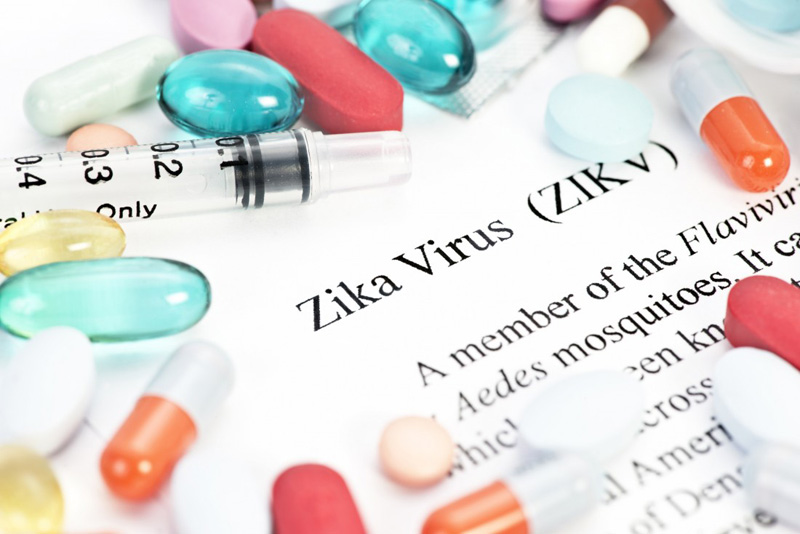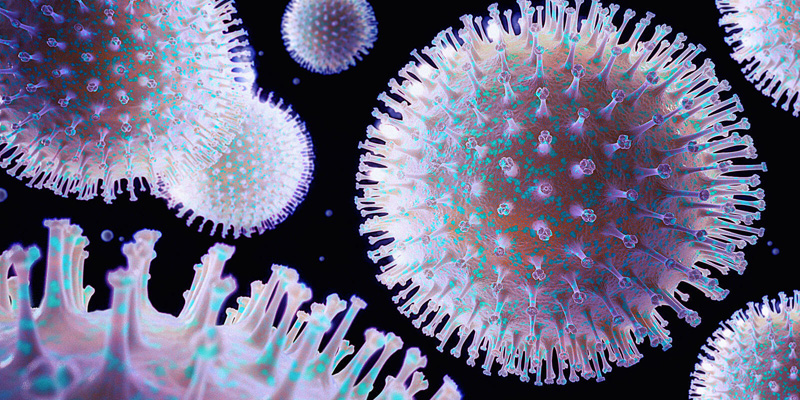Viral Vaccine Design Services
 Creative Biolabs can offer high-quality Viral Vaccines for use in prevention of viral infections. Viral Vaccines contain either attenuated (alive but cannot cause disease) viruses or inactivated viruses. Attenuated or live vaccines include the live form of the virus. These viruses are not pathogenic but can induce an immune response. Inactivated or killed viral vaccines include viruses that have lost their ability to replicate. To cause immune reaction, it contains more antigen than live vaccines.
Creative Biolabs can offer high-quality Viral Vaccines for use in prevention of viral infections. Viral Vaccines contain either attenuated (alive but cannot cause disease) viruses or inactivated viruses. Attenuated or live vaccines include the live form of the virus. These viruses are not pathogenic but can induce an immune response. Inactivated or killed viral vaccines include viruses that have lost their ability to replicate. To cause immune reaction, it contains more antigen than live vaccines.
Because few drugs are useful against viral infections, prevention of infection by the use of vaccines is very important.
The two types of vaccines that induce active immunity are those that contain killed virus and those that contain live virus whose pathogenicity has been attenuated. Vaccines that contain purified viral proteins are often called subunit vaccines, such as the hepatitis B vaccine. The features of subunit vaccines resemble those of killed vaccines because no viral replication occurs in these vaccines. The characteristics of live and killed vaccines are listed in Table 1.
Table 1. Characteristics of Live and Killed Viral Vaccines
| Characteristic | Live Vaccine | Killed Vaccine |
|---|---|---|
| Duration of immunity | Longer | Shorter |
| Effectiveness of protection | Greater | Lower |
| Immunoglobulins (Ig) produced | IgA and IgG | IgG |
| Cell-mediated immunity produced | Yes | Weakly or none |
| Interruption of transmission of virulent virus | More effective | Less effective |
| Reversion to virulence | Possible | No |
| Stability at room temperature | Low | High |
| Excretion of vaccine virus and transmission to nonimmune contacts | Possible | No |

The viral vaccines currently in use are described in Table 2. In general, live vaccines are preferred to vaccines with killed virus because killed vaccines induce a shorter duration of protection and fewer IgA antibodies, and there is the potential problem that the inactivation process might be inadequate. On the other hand, there are three concerns about the use of live vaccines:
- They are composed of attenuated viral mutants, which can revert to virulence either during vaccine production or in the immunized person. Reversion to virulence during production can be detected by quality control testing, but there is no test to predict whether reversion will occur in the immunized individual. Even if the virus in the live vaccine does not revert, it can still cause disease because, although attenuated (weakened), it can still be pathogenic in a host with reduced immunity. For this reason, live viral vaccines should not be given to immunocompromised people or to pregnant women because the fetus may become infected.
- The live vaccine can be excreted by the immunized person. This is a double-edged sword. It is advantageous if the spread of the virus successfully immunizes others, as occurs with the live polio vaccine. However, it could be a problem if, for example, a virulent poliovirus revertant spreads to a susceptible person.
- A second virus could contaminate the vaccine if it was present in the cell cultures used to prepare the vaccine.
Table 2. Current Viral Vaccines
| Usage | Vaccine | Live Virus, Killed Virus, or Subunit of Virus |
|---|---|---|
| Common usage |
Measles |
Live |
| Special situations |
Yellow fever |
Live |
Creative Biolabs is a world leader in vaccine services and provides different kinds of vaccines to meet different customer's demand. We offer a full range of Viral Vaccines including killed or live or subunit of vaccines. Our scientists are confident in offering the best services and products upon request!
All of our products can only be used for research purposes. These vaccine ingredients CANNOT be used directly on humans or animals.


